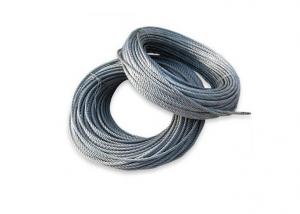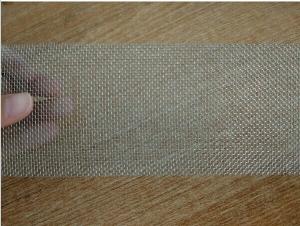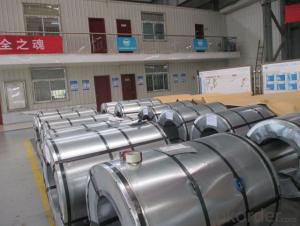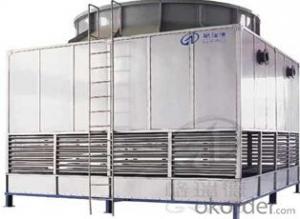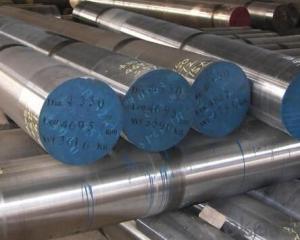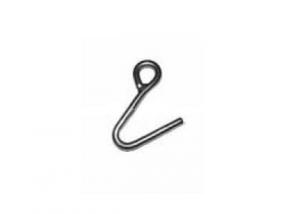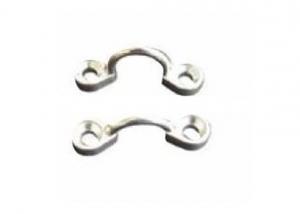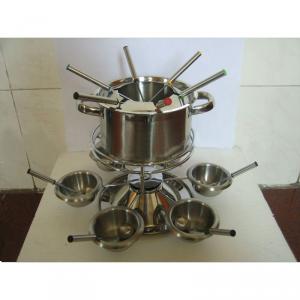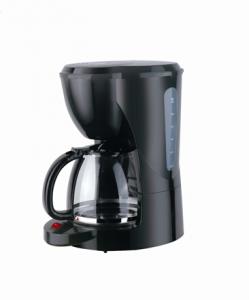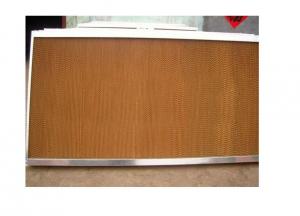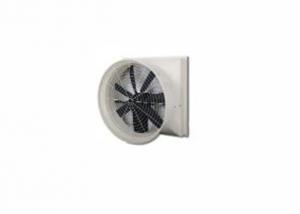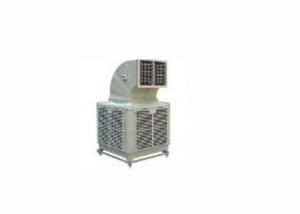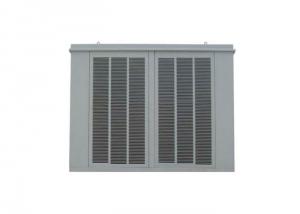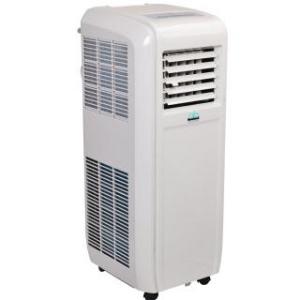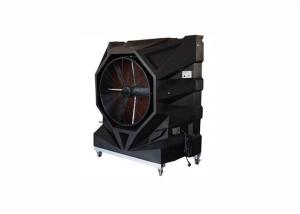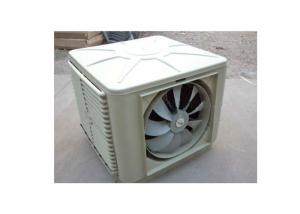Stainless Steel Rose
Stainless Steel Rose Related Searches
Stainless Steel Rosary Rosary Stainless Steel Rust Stainless Steel Stainless Steel Rust Stainless Steel Roof Stainless Steel Cross Stainless Steel Post Stainless Steel Jewellery Rainbow Stainless Steel Stainless Steel Jewelery Stainless Steel Stainless Rust Off Stainless Steel Stainless Steel Iron Stainless Steel S Color Stainless Steel Colored Stainless Steel Stainless Steel Roller Stainless Steel Glass Stainless Steel Roaster Stainless Steel Art Stainless Steel Door Stainless Steel Lock Metal Stainless Steel Stainless Steel Razor Stainless Steel Jewlery Stainless Steel Rusts White Stainless Steel Stainless Steel Top Stainless Steel Rat Stainless Steel StaircaseStainless Steel Rose Supplier & Manufacturer from China
Stainless Steel Rose is a unique and elegant product that features a beautiful rose design crafted from high-quality stainless steel. This product is not only visually appealing but also highly durable, making it an ideal choice for various applications. The Stainless Steel Rose is widely used in gifting, home decoration, and even as a symbolic gesture of love and appreciation in various events and celebrations. Its corrosion-resistant properties and sturdy build ensure that it remains in pristine condition for a long time, adding to its charm and appeal.The Stainless Steel Rose is a versatile product that can be used in a variety of settings, from personal use to commercial applications. It can be used as a decorative piece in homes, offices, or public spaces, adding a touch of elegance and sophistication to any environment. Additionally, it can be utilized as a promotional item or corporate gift, making it a popular choice for businesses looking to make a lasting impression on their clients and partners. The product's durability and aesthetic appeal make it suitable for both indoor and outdoor use, allowing for a wide range of usage scenarios.
Okorder.com is a leading wholesale supplier of the Stainless Steel Rose, offering a vast inventory of this exquisite product. As a reliable source for high-quality stainless steel roses, Okorder.com ensures that customers receive the best possible product at competitive prices. With a commitment to customer satisfaction and a focus on providing exceptional service, Okorder.com has become a trusted supplier for businesses and individuals seeking to purchase Stainless Steel Rose in bulk.
Hot Products


